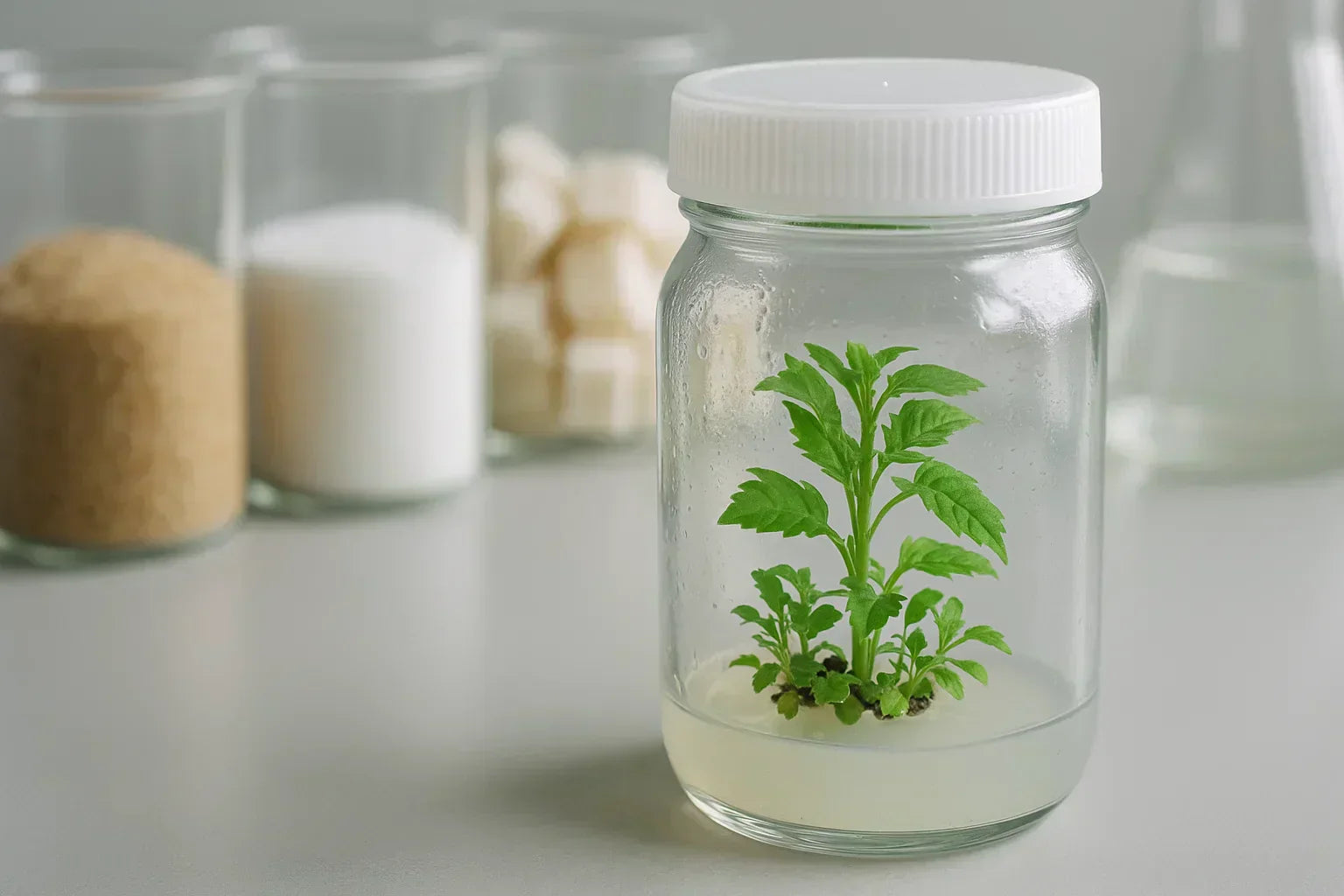
National STEM Day: Significance and 5 Fun Ways to Celebrate!

What is National STEM Day?
November 8 is celebrated as National STEM/STEAM Day!
STEM/STEAM is a short form for Science, Technology, Engineering, Art, and Mathematics. These are the subjects that are essential to building the world, pushing society forward, and helping us to fight diseases, hunger, and pollution.
Thus, this day acts as a reminder for us to encourage our children to take these subjects, learn from them, and bring disruptive technologies and innovations into the world to help people grow at the same time maintaining our nature’s originality.
STEM education increases the chances of your students developing skills and getting placed in reputable organizations, regardless of their gender, contributing to their mutual growth.
In this article, we discuss the History of STEM Day, how effectively you can celebrate the day, and how we are playing our part in promoting STEM subjects.

History Behind STEM Day
MGA Entertainment founded National STEM/STEAM Day in 2015 to inspire and encourage students to become more involved in these fields of education, study, and work. Historically, women and minorities have been underrepresented in science, technology, engineering, and mathematics. So, the day particularly targets this class to grow in the area and equally contribute their part like others.
Currently, STEM occupations account for approximately 7% of the jobs in the United States. And, several of these roles contribute to the country's ability to remain competitive in fields such as medical science, engineering, sociology, and information security.
Further, considering the roles of such subjects in our society, jobs are expected to grow exponentially in the near future.

How To Celebrate STEM Day?
STEM/STEAM Day encourages young children to explore science, technology, engineering, and math through fun, interactive, and educational activities. You can also follow similar ways to involve your children in the celebration of this day. But, if you are out of ideas, take it from the following points:
Simple science projects for kids
Invention stimulates creativity and encourages children to think outside the box. A key part of the STEM/STEAM movement is reaching for new ideas, exploring fresh concepts, and developing innovative solutions to different problems.
When assigned STEM projects, students use their power of logical thinking, creative thinking, critical thinking, problem-solving, and reasoning skills to bring something novel to their projects; something that’s different from others. This is what STEM Day targets.

-
Encourage problem-solving with STEM/STEAM skills
Ask your students about the problems they face in their daily life and as they propose, ask them to come up with potential solutions. Further, you can also encourage them to bring a prototype of their proposed solutions and approaches.

Read fun stories with technology and science involved
Science fiction stories and real-life invention stories can make STEM/STEAM fun and exciting, and inspire them to pursue careers in STEM/STEAM. Read about the first women in science who are known for disruptive discoveries and innovations, such as Marie curie. Talk about the first man to step foot on the moon and many other similar stories.

Engage with their interests
The process of learning is much easier when there is genuine interest in it. Whether it's the ocean's tides, a woman who made history, or the life cycle of a butterfly, help your child explore their curiosity.
We generally ignore when our children ask curious questions about the world and living forms and their processes. DO NOT DO THIS!! If you don’t know the answer, try finding it with your child through fun activities. Engage with their interest as much as you can!
Take an interactive STEAM field trip
There’s no better way than a field trip to generate curiosity among children about STEM subjects. Hands-on learning and plays provide better exposure to children with these subjects.
For example, visiting a research lab provides more knowledge to students on how research is conducted, how transformative technology they use or hear about is developed, what machines and instruments are involved, and getting the answer to questions they have directly from the experts in the area. You can also visit science museums or community libraries to teach your children about STEM subjects outside their classroom.

How Plant Cell Technology is Promoting STEM Among Young Children/Students?
A Plant Cell Technology we strive to introduce tissue culture into the lives of every plant enthusiast, hobbyist, business, and researcher. And, incorporating such interests is much easier in young children.
For our part, we visit schools, meet young students, talk to them about tissue culture, and tell them it's important and how it has a massive role in meeting food security and conserving plant species. To meet our goal, we have also curated a plant tissue culture kit for kids to explore their interests in the area.
Have a look at some of the pictures from our gallery from our past visits to schools to promote tissue culture among young students.


If you are interested in plant tissue culture and want to promote it among your students, you can use our curated tissue culture kits to show how the technology works.
And, if you are living in Washington DC, and want us to give a visit to your school to spark your students’ interest in advanced tissue culture technology, write to us your interest and purpose at info@plantcelltechnology.com. We will get back to you as soon as possible to have a conversation with you about the visit and give you more details on how exactly we can do this!
Blog Categories
View by Level
Popular Blogs

Why Carbohydrate Sources Matter in Plant Tissue Culture Media
Introduction Ever wondered why a simple sugar can make or break your plant tissue culture success? It’s a question that...
Read More
How Tissue Culture Supports Vertical Farming and Urban Agriculture?
Introduction If you've ever seen a large-scale vertical farm, with its towering racks of perfect, vibrant greens, you might wonder...
Read MoreSubscribe to Our Newsletter
2 comments
Plant Cell Technology shares incredible insights on plant science and tissue culture. A great resource for researchers, educators, and plant enthusiasts.
This blog wonderfully explains the significance of National STEM Day! The fun activities make learning science exciting for kids. Great insights and ideas!








Join the conversation
Your email address will not be published. Required fields are marked